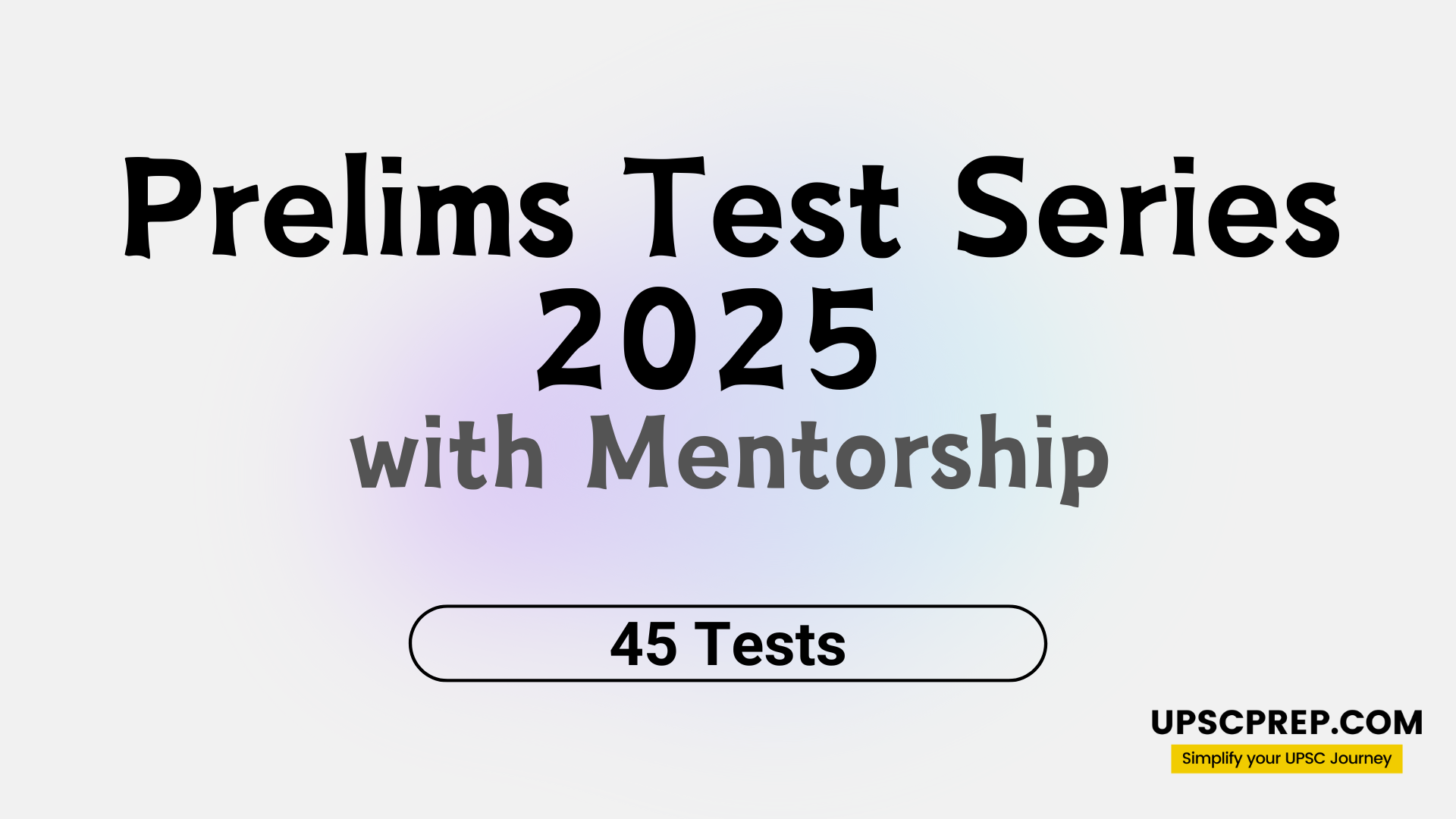Subject: GS 3
Syllabus: Science & Technology
Questions
- In the light of increased private sector participation in the space sector. Discuss the need for a comprehensive space strategy that India shall adopt to become one of the major space powers. (250 Words, 15 Marks)
- In the context of the increasing importance of technology for disaster management, throw some light on the application of GIS and Remote Sensing in disaster management with special reference to India. (150 words, 10 Marks)
Download Model Structures PDF
Model Structures
Q1. In the light of increased private sector participation in the space sector. Discuss the need for a comprehensive space strategy that India shall adopt to become one of the major space powers. (250 words, 15marks)
Introduction:
- India’s ability to secure its use of outer space has played a major role in its growth and prosperity in the present era, as outer space has become an important organ for maintaining security of the nation.or
- It is prudent for countries to formulate strategic publications detailing the broad direction of their space programmes to bolster inter-organizational coordination and help build investor confidence.or
- The growing strategic salience of outer space demands substantive national policy action in India.
Main Body:
Increased private sector participation in the space sector:
- In India, more than 100 start ups are working in the space sector.
- Worldwide large companies like SpaceX, LeoLabs etc. have taken a huge leap in Space activities.
Need for comprehensive policy for outer space:
- Shaping the Global Order: India’s new strategic interest in outer space is based on a recognition of :
- Centrality of emerging technologies in shaping the 21st-century global order.
- The urgency of writing new rules for the road to peace and stability in outer space.
- Space has overarching applications and dependencies across almost all aspects of civilian life and military operations.
- Space is emerging as a potential fourth arm of India’s defence setup.
- With the US, Russia and China already in pursuit of becoming a Space power, India will need to equip itself appropriately to meet emerging security challenges.
- There is increasing competition in the space sector.
- Ex-New Zealand is positioning itself as a location for private rocket launches.
- Singapore is offering itself as a hub for space entrepreneurship.
- To provide a vision to the private sector to enhance their participation in the space sector.
Other Country’s via-a-vis India:
- The United Kingdom (UK), China and North Atlantic Treaty Organisation (NATO) countries have published their strategic publications on the use of space.
- China already has its “Tiangong” space station’s first module in orbit and is also planning to build a near-earth object defence system in the next five years.
- India does not have any plans for planetary defence on the horizon.
Way forward(Steps needed):
- Balanced Approach for Space Projects: to address in-orbit, Earth-to-space, and space-to-Earth applications.
- The NATO strategy’s reference to space being of relevance ‘across the spectrum of conflict’ is a correct articulation of the idea.
- Engagement in International Fora: The international community and the United Nations General Assembly (UNGA) are figuring out norms for responsible behaviour in outer space.
- Strategy should indicate that India will not only be a participant but also a key stakeholder.
- It is imperative to put forward India’s concerns around ensuring unrestricted access to use of space by all nations.
- Greater Space Situational Awareness (SSA): as it is the awareness of the location and activities of any space object and the impact it can have.
- Establishing a Permanent Presence in Space: ISRO has undertaken manned space flight as a key focus area, beginning with the upcoming Gaganyan mission.
- India should accelerate research on its defence from near-earth objects.
- India should take the initiative to cooperate with international bodies in the short term and plan for a planetary defence program in the long term.
- Without international cooperation, India is unlikely to catch up to China.
Conclusion:
- Space sector provides immense opportunities for inclusive development in India. Need is to have a balanced policy which takes into account all stakeholders.
Q2. In the context of increasing importance of technology for disaster management, throw some light on the application of GIS and Remote Sensing in disaster management with special reference to India. (150 words, 10 marks)
Introduction:
- Geographic Information System (GIS) technology and Remote Sensing technologies have effectively improved the workflow in all phases of disaster management and provided effective remedial solutions. or
- Data from Cartosat-1 was used for inundation vulnerability assessment of the Indian coastline in the event of a Tsunami; similarly, RISAT series of satellites have previously been used towards disaster management and planning.(Direct example of use of technology)
Main body:
- These technologies can be leveraged across all stages of disaster management:
- Mitigation:
- To map and analyse hazards and visualise their potential impacts.
- When hazards are fused with critical infrastructure, population densities, and other community values, vulnerabilities can be observed, modelled, and better understood
- Preparedness:
- Site selection for adequate evacuation shelters.
- Selecting and modelling evacuation routes.
- Identification and mapping of key tactical and strategic facilities like Hospitals, Public safety facilities etc.
- Capability for the command and control information system that enables situational awareness and incident management support.
- Response:
- Provide warnings and notifications to the public and others.
- Maintain continuity of operations supply inventories, external power requirements, shelter population capacities, etc. at shelter locations.
- Identify the locations and capabilities of existing and mutual aid public safety resources.
- To share information and status with regional, state, and federal agencies.
- Maintain incident status and progress reports; facilitate damage assessment collection and analysis.
- Recovery:
- Overall damage costs and priorities for reconstruction efforts based on appropriate local criteria.
- Locations of business and supplies necessary to support reconstruction.
- Determination of short term action for assessing overall critical infrastructure damage
- Ex- First aid and health; Additional shelter needs; Optimum locations for public assistance;etc.
- Mitigation:
Conclusion:
- These technologies must be leveraged to generate an effective strategy to address all phases of disaster management in India and prevent economic and social losses.

